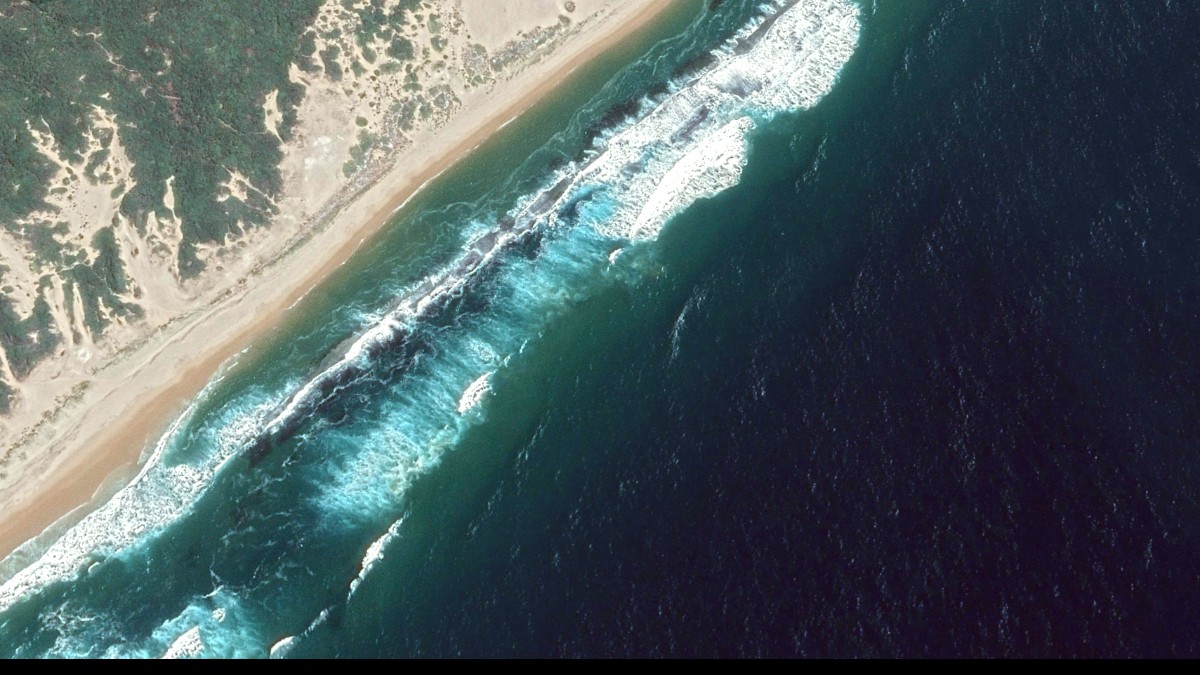
Mozambique
This is Inhambane, Mozambique – a destination that welcomes you to slow down, connect with nature, and discover a side of Africa often overlooked. From the bustling Inhambane Central Market to the world-renowned dive sites of Tofo, every moment here holds the promise of authentic experiences and stunning visuals. This guide details steps to plan your visit, for a memorable trip to this coastal gem.
Inhambane has a slower pace compared to busier tourist destinations. Embrace the relaxed "Mozambique time" to fully appreciate your visit. It's a place for genuine connection with culture and nature.
Inhambane Province sits on the southeastern coast of Mozambique. The province spans a diverse landscape, from long, sandy beaches to deep-water bays and lush coconut plantations. Inhambane city itself rests on the western shore of a large, tranquil bay, often called Inhambane Bay. This natural harbor has calm waters, supporting local fishing and dhow transportation.
East of Inhambane city, separated by dunes and coconut groves, are the popular beach destinations of Tofo and Barra. The coastline here has extensive coral reefs. These reefs attract a remarkable diversity of marine life, making the region a global hotspot for diving and snorkeling. Warm currents of the Mozambique Channel directly influence the climate and marine biodiversity.
Across Inhambane Bay, connected by a frequent ferry service, Maxixe is a commercial town and transport hub.
Popular beach destinations east of Inhambane city, known for marine life.
Warm currents from this channel bring rich marine biodiversity.
Flat coastal plains, interspersed with small hills, create a tropical paradise.
Abundant palm trees define the undeveloped coastlines.
Inhambane is one of Southern Africa's oldest European settlements. Its story begins centuries before European arrival, with Arab traders establishing routes along the East African coast. They likely visited the natural harbor of Inhambane Bay, exchanging goods with local communities.
The first documented European contact came in 1498 when Vasco da Gama's fleet visited the bay. He named the area "Terra da Boa Gente" (Land of the Good People) due to the welcoming nature of the local inhabitants. This early encounter marked the beginning of Portuguese interest. In the centuries that followed, Inhambane grew as a significant trading post, a hub for goods like ivory, gold, and slaves. The city's strategic location made it a target for various colonial powers, but Portuguese influence prevailed.
Charming colonial architecture, including the Cathedral of Our Lady of Conception and the old railway station, are testaments to this past. These buildings tell tales of bustling markets and arriving ships. The region's history also includes struggles for independence. After independence in 1975, Mozambique faced civil conflict. Today, Inhambane thrives as a peaceful destination, embracing its heritage. The blend of African, Arab, and Portuguese influences shapes the local culture, cuisine, and language.
This historical layering creates an unique character, beyond beautiful beaches, offering a journey into a rich past.
A quick overview of Inhambane Province for trip planning.
Inhambane is a coastal gem with a tropical climate, diverse activities, and rich cultural heritage.
Southeastern coast of Mozambique, on the Indian Ocean.
Inhambane City.
Tropical, with distinct dry (May-October) and wet (Nov-April) seasons.
Explore these aspects to help shape your journey.